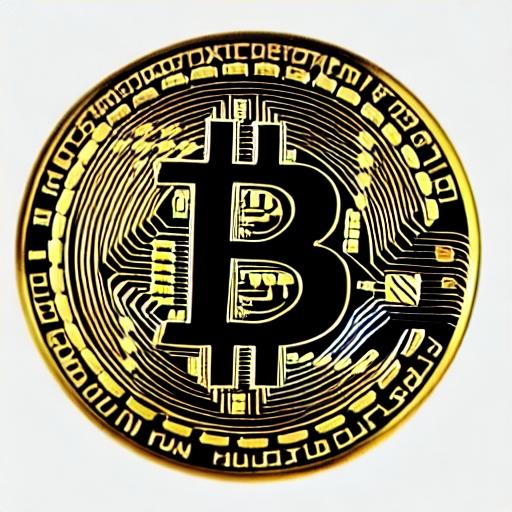Bitcoin, often referred to as digital currency or cryptocurrency, has gained significant popularity in recent years. But what exactly is Bitcoin, and how does it work?
At its core, Bitcoin is a decentralized digital currency that allows for peer-to-peer transactions without the need for intermediaries like banks or governments. It was created in 2008 by an anonymous person or group of people using the pseudonym Satoshi Nakamoto. The main idea behind Bitcoin was to create a currency that operates independently of any central authority and can be securely transferred between individuals online.
Unlike traditional fiat currencies such as the US dollar or Euro, which are printed and regulated by central banks, Bitcoin is generated through a process called mining. Mining involves solving complex mathematical problems to validate and record transactions on the Bitcoin blockchain, a public ledger that keeps track of all Bitcoin transactions.
The total supply of Bitcoin is limited to 21 million coins, which means there will never be more Bitcoins in circulation beyond this limit. This scarcity is one of the factors that contribute to Bitcoin’s value and its appeal to investors.
To own Bitcoin, you need a digital wallet that can store your coins securely. Wallets can be either software-based, like mobile or desktop applications, or hardware-based, such as physical devices designed specifically for storing cryptocurrencies. Each wallet has a unique address that is used to send and receive Bitcoin.
Bitcoin transactions are verified by nodes, which are computers on the network that maintain copies of the blockchain. When a transaction is initiated, it is broadcasted to the network and then confirmed by these nodes. Once confirmed, the transaction is added to a block, which is then added to the blockchain.
One of the key advantages of Bitcoin is its transparency. Every transaction is recorded on the blockchain and can be viewed by anyone. However, the identities of the parties involved in the transaction remain anonymous. This pseudonymous nature of Bitcoin provides a certain level of privacy for its users.

Bitcoin’s value is determined by supply and demand dynamics in the market. As more people adopt Bitcoin and the demand increases, its price tends to rise. Conversely, if people lose interest or sell their Bitcoin holdings, the price can decrease.
While Bitcoin has gained mainstream recognition, it is still a relatively new concept that comes with risks. The price of Bitcoin can be highly volatile, making it a speculative investment. Additionally, the decentralized nature of Bitcoin makes it susceptible to hacking and other cyber attacks.
Nevertheless, Bitcoin has the potential to revolutionize the financial industry and the way we conduct transactions. Its underlying technology, blockchain, has applications beyond currency and is being explored by industries such as supply chain management, healthcare, and voting systems.
